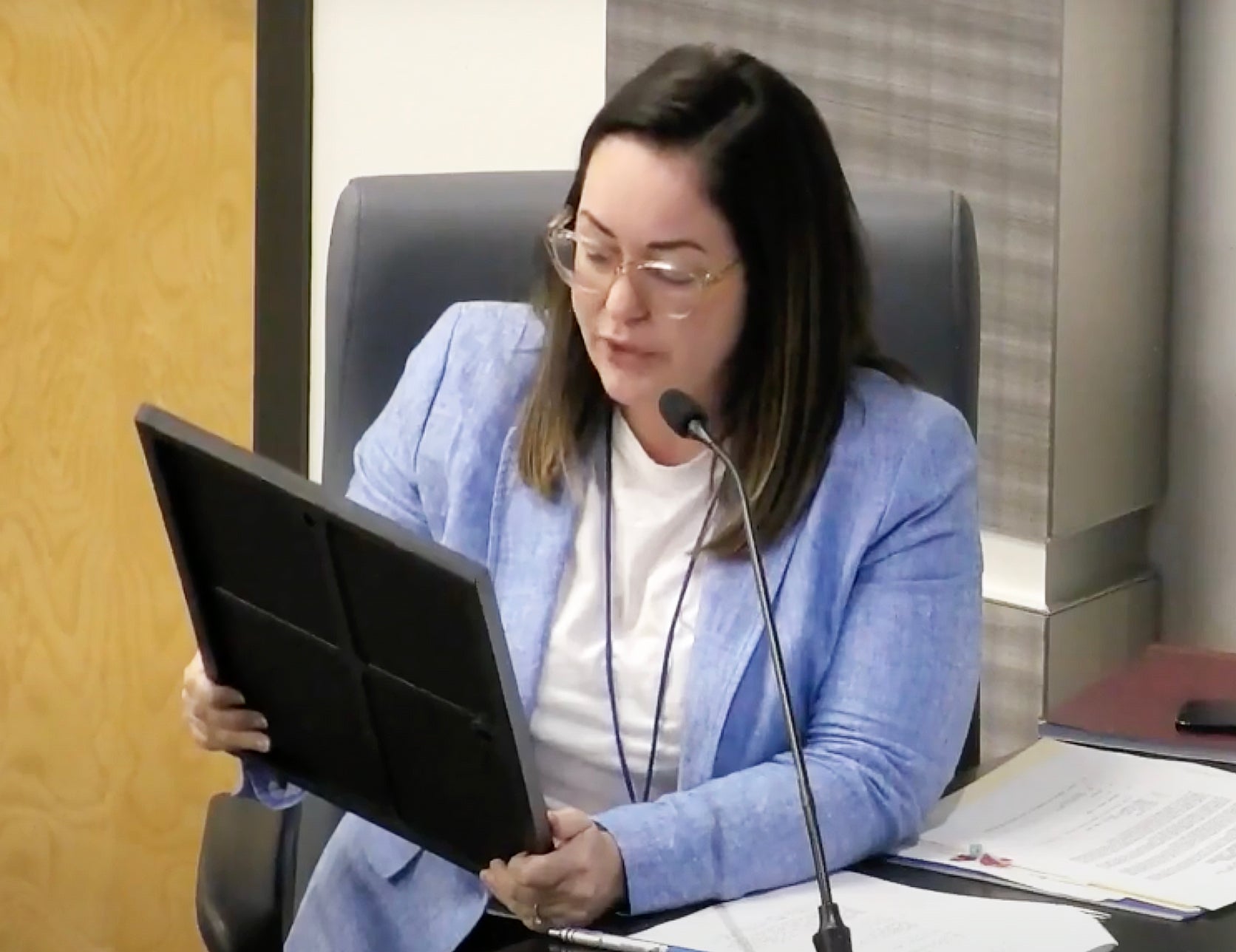Pin Oak, parish say new hires will come from St. John
Published 12:12 am Saturday, October 24, 2015

- Company, parish and state leaders gather in October 2015 for a ground breaking for Pin Oak Terminals in St. John the Baptist Parish.
MOUNT AIRY — Company leaders, as well as local and regional officials, cheered the ground breaking this week of a petroleum liquids storage terminal in Mount Airy that promised to add 70 new on-site jobs encompassing full-time company and contractor positions.
During a closed ceremony Wednesday, Pin Oak Terminals officials said the company plans to make a $600 million capital investment in St. John Parish, with the petroleum liquids storage terminal construction. The facility will be located along the east bank of the Mississippi River at Mount Airy, near the St. John/St. James Parish line.
Ensuring parish residents receive as much of those new fulltime positions as possible is an important part of the process, local leaders told L’OBSERVATEUR after Wednesday’s announcement.
Parish Councilman Ranney Wilson, whose district includes the Pin Oak construction site, said he hopes all the jobs are given to local residents, adding 90 percent of all industry is located in his district.
“Our people should have the first choice of jobs,” he said. “They should pick our people first in this district. I hope they hire people in the community where the facility is going to be built.”
Parish President Natalie Robottom said Pin Oak has made a commitment to hiring local contractors and employees, which will enhance economic development and offer well-paying jobs to residents.
The new jobs touted Wednesday will have an average annual salary of more than $60,000, plus benefits, according to Gov. Bobby Jindal’s office.
Robottom said parish stakeholders understand Pin Oak’s need for a trained workforce for safety and production purposes, which is why she said her staff has worked with South Central Louisiana Technical College – Reserve Campus to recruit and train local residents.
“Additionally, we are partnering with one of our local businesses on a training/hiring program, which will be modeled after a similar program in New Orleans,” Robottom said. “We have a great working relationship with the representatives at Pin Oak Terminals, who have committed to hiring local contractors and permanent workers. They’ve held true to their commitment thus far, and we expect that to continue.”
Construction at the Pin Oak Terminals site is expected to officially start in the first week of November, with a goal to finish in the last quarter of 2016 or first quarter of 2017.
Pin Oak Terminals CEO Mike Reed said the company plans to hire 70 people, adding it is important his staff finds qualified local employees.
“We’re committed to the River Parishes, and we are going to do our best to employ local residents to help give back something to the community,” he said. “This is phase one of a multi-phase project. We are going to build to suit customers’ needs. So, as more customers’ needs arise, we will build to suit that.”
Reed said company leaders are excited to be in Louisiana and excited about the support received from the community, local government and state government.
Facility services planned by Pin Oak include offloading, storage, heating, blending and transfer of petroleum liquids. The company is permitted to construct up to 10 million barrels of storage and unit train loops on its 431-acre site, which is situated for convenient shipping of products by rail, pipeline, barge, ship and truck.
St. John Parish Council Chairman Michael P. Wright said the project consists of predominantly storage tanks for liquid petroleum, and parish officials have worked with the company to encourage and promote safety for all residents, especially those living in a much higher industry driven environment.
“This is a huge and exciting project for St. John Parish,” he said. “It provides an enormous economic footprint and strengthens St. John’s need for continual infrastructure investment for future growth and the need for hurricane protection.”
Robottom said all ordinances with regard to the buffer zone between the company location and surrounding residents have been met or exceeded and will continue to be monitored.
“This was addressed by the previous owners of the property,” she said. “The buffer zone is a 600-feet buffer zone from any residential area, which includes a tree line, and there will be no containers in that zone.”
— By Raquel Derganz Baker





